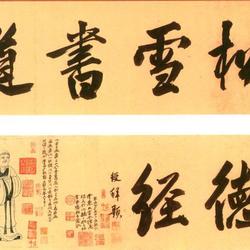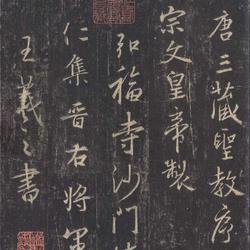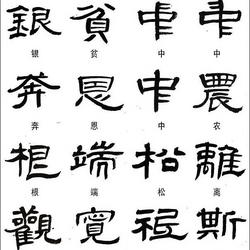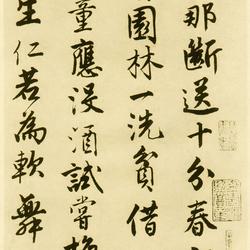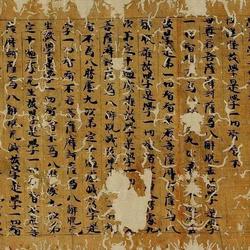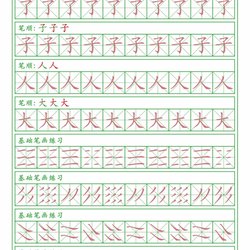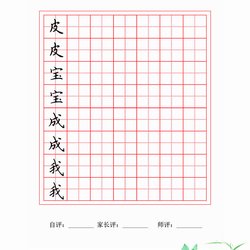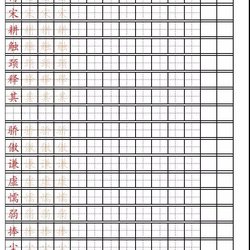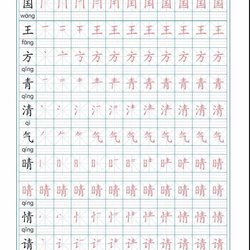The Four Treasures of the Study "Pen" gives birth to flowers
As the head of the "Four Treasures of the Study", the brush, together with ink, paper, and inkstone, shoulder the responsibility of inheriting my country's traditional writing and painting. Today, although the brush is no longer irreplaceable at the beginning of creation, it still occupies an important position in the field of writing and painting, and even in the field of self-cultivation. Like other tools, the brush is created for need, developed for practicality, and endowed with emotional spirituality because of development. Unlike other tools, the brush is unique because of its cultural heritage.
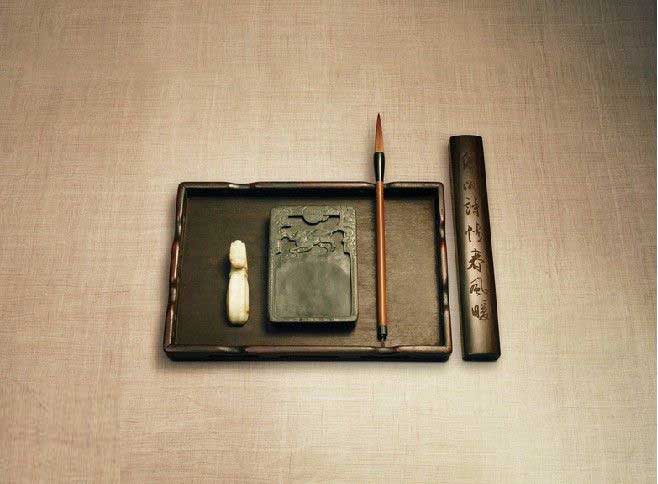
1. The source of the pen
Tracing back to the origin of writing brushes, the story of "Mengtian making brushes" is widely circulated. There was a record in the historical records: "Qin Shihuang ordered the prince to help Su and Meng Tian build the Great Wall to defend against the northern Huns, and Meng Tian took rabbit fur from the mountains to make pens." However, legends and historical data are ultimately inferior to the facts. In 1954, archaeologists excavated a set of writing tools from the Tomb of the Warring States Period in Zuojia Gongshan, Changsha, Hunan. Among them was a brush made of fine rabbit hair. This brush is the oldest surviving brush in our country. It was born earlier than the legendary time when Meng Tian invented the brush. In the Eastern Han Dynasty Xu Shen's "Shu Wen Jie Zi" records: "Chu said that Yu, Wu said that irregularity, Yan said that brush", "Qin said that the brush, from Yu from bamboo". It can be inferred from this that the writing brush already existed before Meng Tian, but the name of the writing brush was unified in the Qin Dynasty.
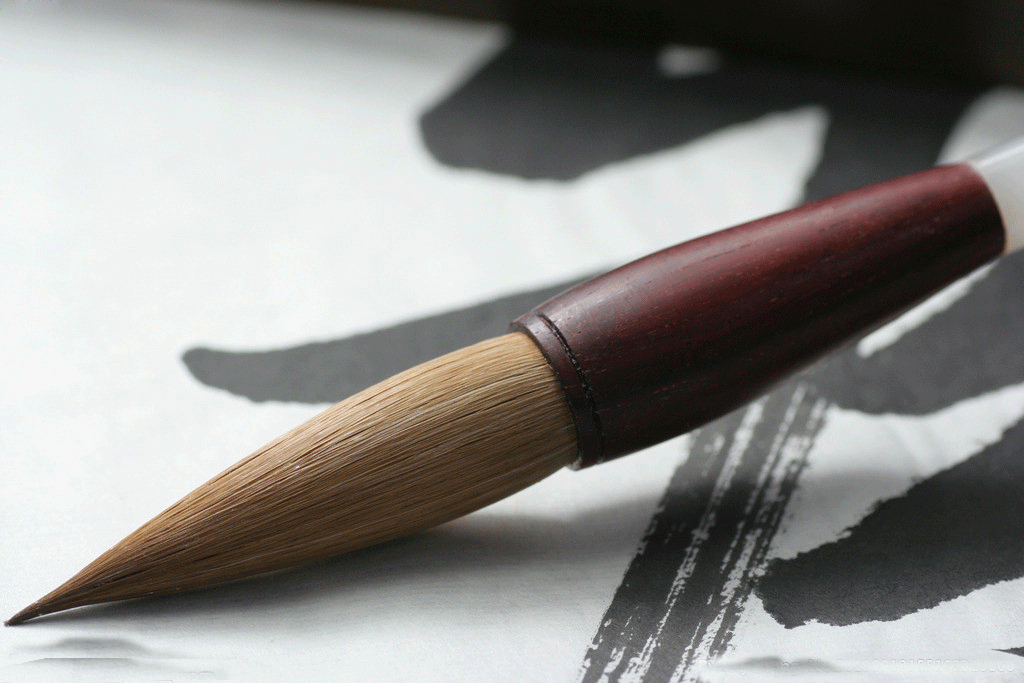
2, the shape of the pen
The pen is authentic, when the bamboo tube is used as the rod, the animal hair is the fine, and it is equipped with a pen cap to protect the pen. But the pros and cons of the pen depend on the tip of the pen (or brush stroke or brush hair). According to different materials, pens can be divided into three types: hard, soft, and mixed. Because of their different performances, they have different uses.
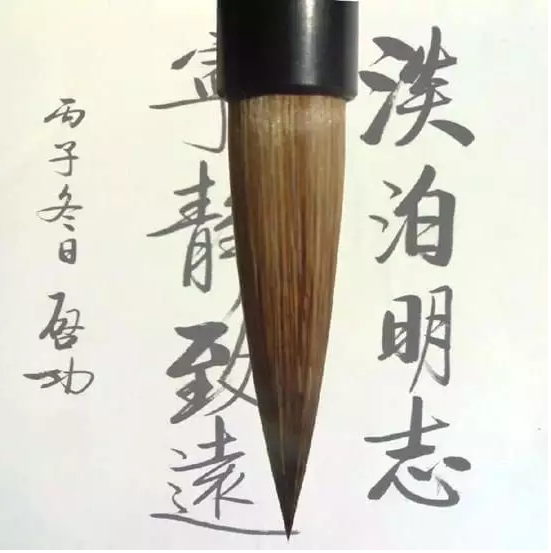
The materials used for the hard hao pen mainly include purple hae (old rabbit neck hair) and wolf hae (weasel tail hair). Both are brown, tough and healthy, strong elasticity and weak ink storage capacity, and the writing lines are vigorous and sharp. They are mostly used in manufacturing. Lower case pen. Since ancient Chinese paintings and calligraphy are of the same origin, the stems, branches, hooks and leaves of trees in ink paintings, outlines, rubbings, and dots of rocks, buildings, figures, boats, bridges, water waves, waterfalls and other thin lines are required. It can be performed only by elasticity.
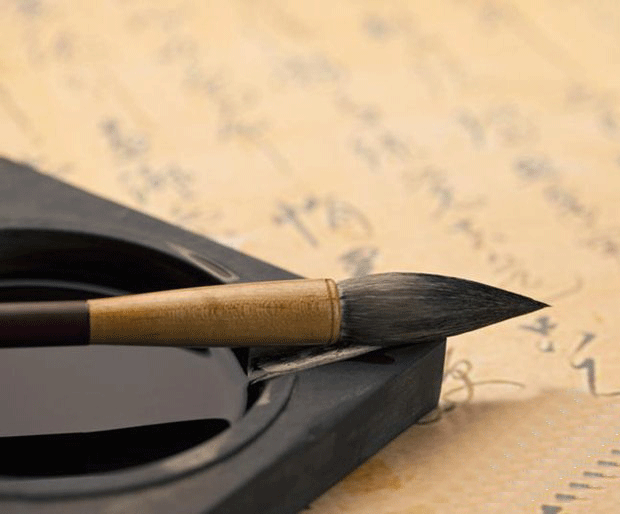
The soft brush is mainly made of goat hair (goat wool, mostly white). The brush is soft, with poor elasticity and strong ink retention. It is mostly used for making large-capacity pens, and also for rendering landscape paintings. It can often achieve the effect of rich ink and dripping ink.
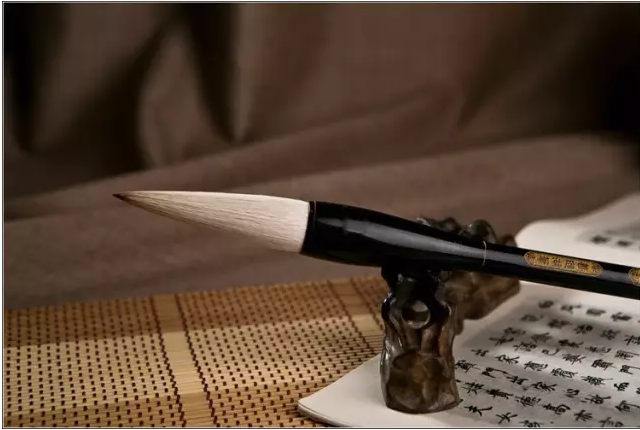
Jianhao pen is formulated with two or more animal hairs with different elasticity in a certain proportion. Between the soft and the hard, the soft and the hard are moderate, and the hardness and the soft are combined. For example, "three purples and seven goats", "nine purples and one sheep", "seven purples and three sheeps", "five purples and five sheeps", "two purples and eight sheeps", or partial Hard or soft, each makes its own pen according to its material, and the writer has its own merits, and each has its own merits.
3, the kinds of pens
Looking back at history, the mainstream of the pen has roughly experienced two important eras, first the Xuanbi era, and then the Hubi era. Xuanbi originated in the Han Dynasty and emerged in the Wei and Jin Dynasties. At that time, calligraphy flourished and complemented the pen-making industry. In the Eastern Jin Dynasty, the book sage Wang Xizhi once wrote "Bei Jing" and strongly praised "Zhongshan Tuhao" that is Xuanzhou Chen's pen, so Xuanbi became famous and promoted the rapid improvement of brush craftsmanship. During the Tang and Song Dynasties, Xuanzhou became the national center of pen-making, and it has become more and more perfect in terms of the selection of pen materials, production techniques and engraving techniques of pen barrels.
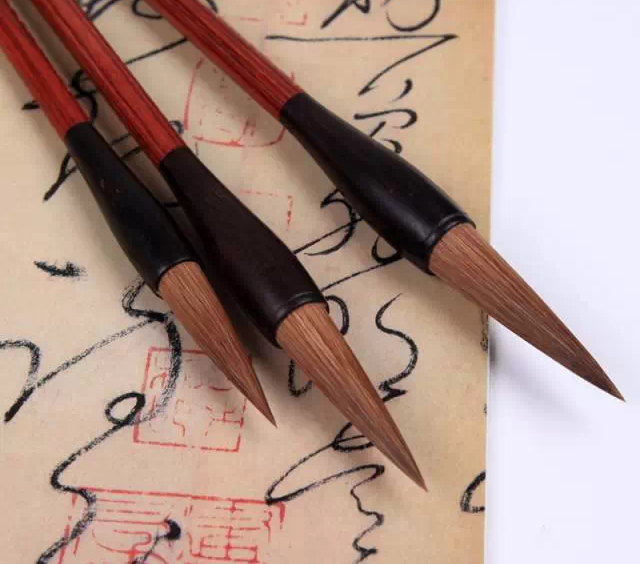
Since the beginning of the Yuan Dynasty, the pen industry has entered the Hubi era. The Hupen originated in Shanlian Town, Huzhou City, Zhejiang Province. In ancient times, Shanlian was subordinate to the Huzhou prefecture, hence the name, Shanlian was known as the "British Capital". "Huzhou Fuzhi" contains: "Huzhou wrote pens, the work is well within the country, and the writers are all Lakers. Its place name is Shanlian Village. The village has Hanshan and the mountain tops. It is as brilliant as a pen." According to legend, Meng Tian once took sheep's hair in Shanlian Village. The pen is revered as "the ancestor of the pen." It is also said that Meng Tian's wife was named Bu Xianglian, who was born in Xibao, Shanlian. The Mengtian couple granted the villagers the skills of making pens for their livelihood. In order to commemorate his kindness, the pen worker specially built the Meng Gong Temple in the west of the village, and the creek passing by the village was renamed Mengxi. In the Ming Dynasty, there appeared Feng Yingke, Zhang Jinzhong, Wu Sheng, Yao Kai, Lu Zhen, Yang Ding, Shen Xiurong, Pan Youxin, Lu Wenbao, Zhang Tianxi and others. Completely replacing Xuanbi, Huzhou has also become a pen-making center.
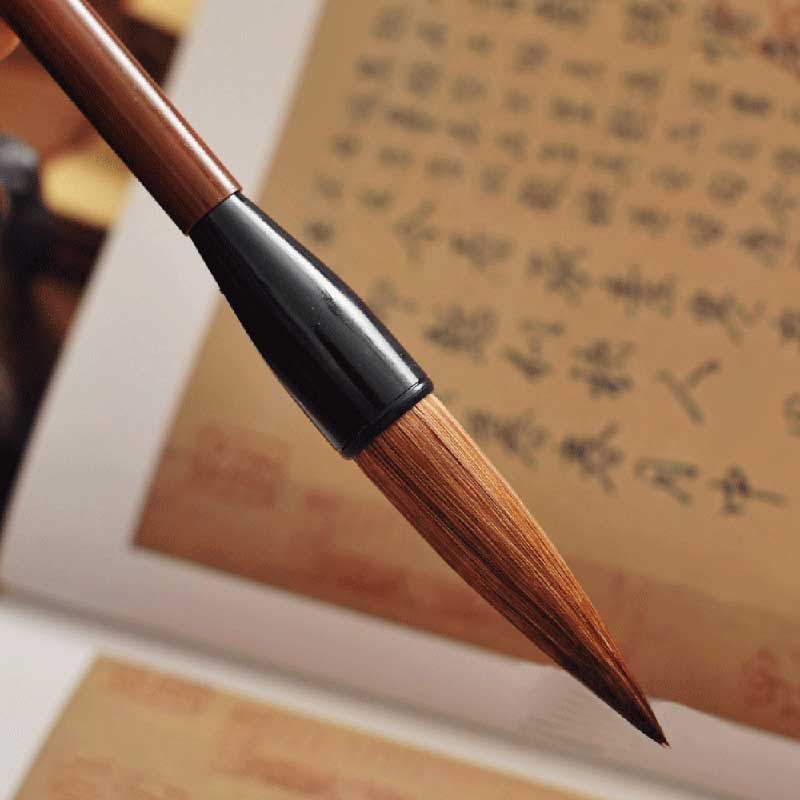
4, the beauty of the pen
In addition to the practicality of the brush, the pursuit of beauty is also indispensable. Among them, the pen holder with aesthetic value cannot be ignored. With the development of social economy and culture, the production and variety of brushes have been continuously improved and increased. The improvement of craftsmanship has also made the brushes increasingly perfect and exquisite. Especially after the brush holders are made of beads, tortoiseshell, ivory, enamel, etc., the brush has become more People appreciate rare works of art. It is undeniable that it has the factor of boasting wealth and status, but it is more about the beauty of decoration. In the 43rd year of Qianlong in the Qing Dynasty (AD 1778), Tang Bingjun had this sentence in the third volume of "Study on the Study of the Study of Literature", "Bi Shuo": "Han The pen is carved with gold, decorated with walls, adorned with Sui beads, and written with emeralds. Guan Fei's rhinoceros must be made of ivory, which is extremely gorgeous."
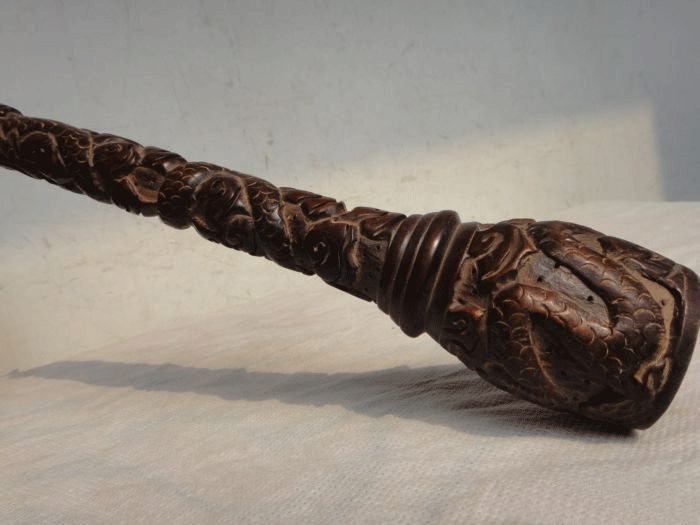
Nowadays, penholders have the habit of engraving characters. Once the pen barrel is engraved and filled with cinnabar, stone green and lead powder to make it clear, the brush adds elegance and scrolling air. Undoubtedly, from an aesthetic point of view, the engraving on the pen barrel is the icing on the cake.
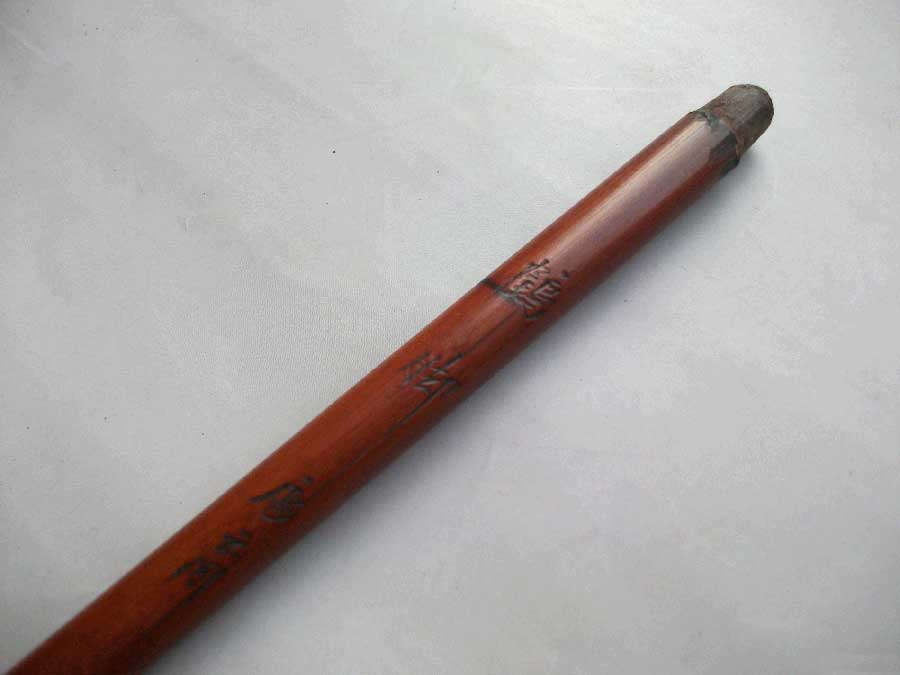
5, the meaning of the pen
The pen and the literati acquainted with each other day and night, staying close to each other, and given it many nicknames over time, many of which are still widely used today. "The Book of Songs•Jingnv" says "Jingnv's sorrow, and it is for me to tongguan", so the pen is called "tongguan". Cao Zhi's "Xing Lu Xing" said, "I have a cunhan, the flow of algae is Huafen", and his pen was awarded the title of "Cunhan". Zuo Si's "Song History" has "weak crowns to make Rouhan, Zhuo Lun can view the group of books", and the pen can be called "rouhan" since then. In addition, there are countless other names of the pen. Even if it is interesting to read, the most worth mentioning is the biography "Mao Ying Biography" written by the great writer of the Tang Dynasty, Han Yu, with the style of "Historical Records". This biography is novel in conception and personified by pen. Among them, it is mentioned that Meng Tian attacked Zhongshan, captured Mao Ying, and Qin Shihuang favored him, sealed Mao Ying as "Guanchengzi", and worshipped the Zhongshu Ling. Later "Mao Ying", "Guanchengzi", "Guanchenghou", etc., all became elegant titles.
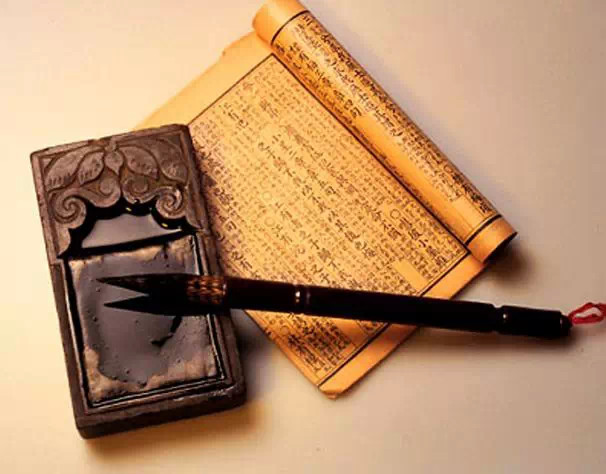
The pen is also the name of literary talent. According to Five Dynasties•Wang Renyu's "Kaiyuan Tianbao legacy•Dream pen to grow flowers", when Li Taibai was young, he used the pen in dreams to grow flowers on his head. Later generations used the analogy of "dreaming of pens and flowers" as a metaphor for being talented and rich in writing. In the eyes of the sages, it seems that talent does not come from oneself, but from writing, which shows its status in the hearts of literati.
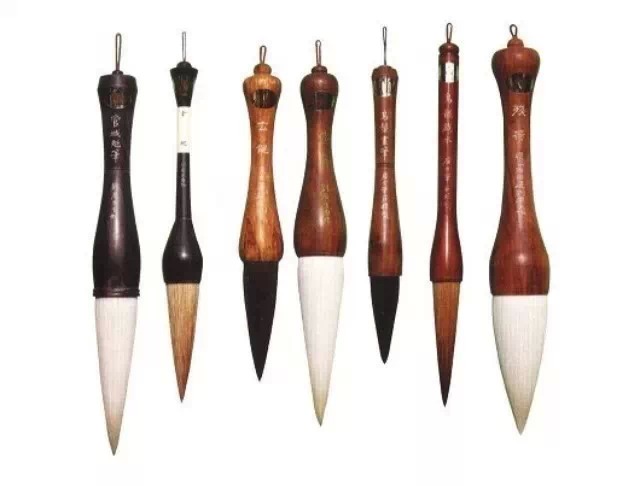
The tip of the pen is soft and boneless, but the ancestors used their five fingers to exert force, calmly and attentively, writing the characters upright and upright, which is difficult to shake. In particular, the regular script of Yan's body is broad and magnificent, magnificent, strong and dignified. Every time you look at it, you will be shocked by the soul.

